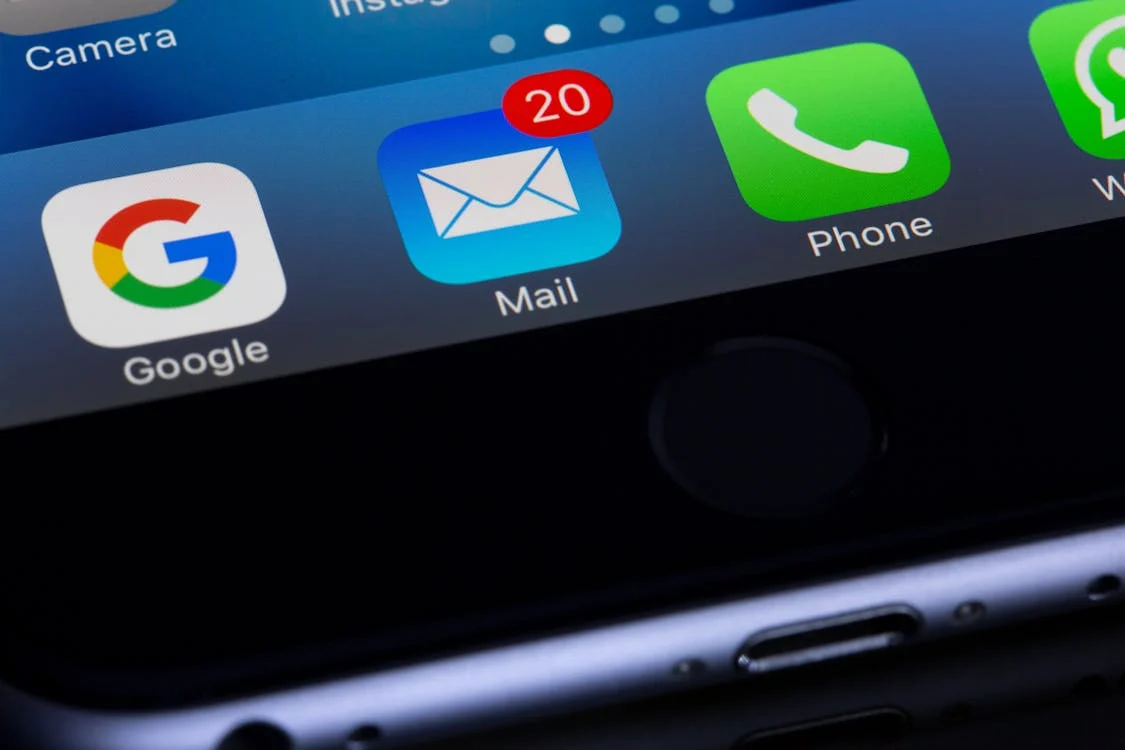In 2024, email marketing is evolving rapidly, with hyper-personalization emerging as a key trend. Hyper-personalized email campaigns involve tailoring content to individual recipients based on their preferences, behaviors, and interactions. This approach enhances engagement, builds stronger relationships, and drives higher conversion rates. In this article, we will explore how to create hyper-personalized email campaigns for 2024.
Understanding Hyper-Personalization in Email Marketing
What is Hyper-Personalization?
Hyper-personalization goes beyond traditional personalization methods, which often involve simply addressing the recipient by name. It leverages advanced data analytics, artificial intelligence (AI), and machine learning (ML) to deliver highly relevant content tailored to each recipient’s specific needs and preferences.
Key Benefits of Hyper-Personalization
- Enhanced Engagement: Hyper-personalized emails capture the recipient’s attention by providing content that is directly relevant to them.
- Higher Conversion Rates: Personalized content leads to higher click-through and conversion rates as it resonates more with the recipient.
- Improved Customer Loyalty: Providing a personalized experience fosters stronger relationships and loyalty among customers.
Leveraging Data for Hyper-Personalization
Collecting Relevant Data
To create hyper-personalized email campaigns, it is essential to collect and analyze relevant data. This includes:
- Demographic Data: Information such as age, gender, location, and occupation.
- Behavioral Data: Insights into how recipients interact with your website, emails, and other digital touchpoints.
- Purchase History: Details about past purchases, preferences, and buying patterns.
- Engagement Metrics: Data on how recipients engage with your emails, such as open rates, click-through rates, and time spent reading.
Using AI and ML for Data Analysis
Artificial intelligence and machine learning play a crucial role in analyzing the collected data to identify patterns and trends. These technologies can predict recipient preferences, segment audiences, and personalize content in real-time.
Crafting Hyper-Personalized Email Content
Dynamic Content Blocks
Dynamic content blocks allow you to tailor different parts of your email based on the recipient’s preferences and behavior. This could include personalized product recommendations, tailored offers, and relevant content.
Personalized Subject Lines
Subject lines are the first thing recipients see, and personalized subject lines can significantly improve open rates. Use the recipient’s name, past interactions, and preferences to create compelling and relevant subject lines.
Relevant Content and Offers
Ensure the content and offers in your emails are relevant to each recipient. This could involve recommending products based on past purchases, offering discounts on items they’ve shown interest in, or providing content that aligns with their interests.
Segmenting Your Audience
Behavioral Segmentation
Behavioral segmentation involves grouping recipients based on their interactions with your brand. This can include:
- Active Customers: Recipients who frequently engage with your emails and make purchases.
- Lapsed Customers: Recipients who have not engaged with your emails or made a purchase in a while.
- New Subscribers: Recipients who have recently joined your email list.
Demographic Segmentation
Demographic segmentation involves grouping recipients based on demographic factors such as age, gender, location, and income. This allows you to tailor content that resonates with specific demographic groups.
Purchase History Segmentation
Segmenting recipients based on their purchase history can help you create personalized offers and recommendations. For example, you can target frequent buyers with loyalty rewards and offer first-time buyers special discounts.
Automating Hyper-Personalized Email Campaigns
Setting Up Automation Workflows
Automation workflows allow you to send personalized emails based on specific triggers and actions. This can include welcome emails, abandoned cart reminders, and post-purchase follow-ups.
Real-Time Personalization
Real-time personalization involves using AI and ML to deliver personalized content as soon as the recipient opens the email. This can include updating product recommendations, offers, and content based on the recipient’s latest interactions.
Measuring the Success of Hyper-Personalized Campaigns
Key Performance Indicators (KPIs)
To measure the success of your hyper-personalized email campaigns, track key performance indicators such as:
- Open Rates: The percentage of recipients who open your emails.
- Click-Through Rates (CTR): The percentage of recipients who click on links within your emails.
- Conversion Rates: The percentage of recipients who complete a desired action, such as making a purchase or signing up for a webinar.
- Customer Lifetime Value (CLV): The total revenue generated from a customer over their lifetime relationship with your brand.
A/B Testing
A/B testing involves sending two variations of an email to different segments of your audience to determine which performs better. Test different subject lines, content, and offers to optimize your hyper-personalized campaigns.
Ensuring Compliance and Privacy
Data Privacy Regulations
With increasing concerns about data privacy, it is essential to ensure your hyper-personalized email campaigns comply with relevant regulations such as the General Data Protection Regulation (GDPR) and the California Consumer Privacy Act (CCPA).
Gaining Consent
Ensure you have explicit consent from recipients to collect and use their data for personalization. Provide clear information about how their data will be used and allow them to opt-out if they choose.
Real-World Examples of Hyper-Personalized Email Campaigns
Case Study 1: E-Commerce Retailer
An e-commerce retailer implemented hyper-personalized email campaigns by leveraging data on customer purchase history and browsing behavior. They used AI to recommend products, resulting in a 25% increase in conversion rates and a 15% boost in average order value.
Case Study 2: Travel Company
A travel company used hyper-personalization to send tailored travel recommendations based on customer preferences and past travel history. This approach led to a 20% increase in email engagement and a 30% increase in bookings.
Preparing for the Future of Email Marketing
Staying Ahead of Trends
To stay ahead in the evolving landscape of email marketing, it is crucial to keep up with the latest trends and technologies. This includes advancements in AI, ML, and data analytics.
Investing in Advanced Tools
Invest in advanced email marketing tools and platforms that offer robust personalization capabilities. This will enable you to create and automate hyper-personalized campaigns effectively.
Continuous Learning and Adaptation
Continuously learn and adapt your strategies based on the latest insights and data. Regularly review and optimize your email campaigns to ensure they remain relevant and effective.
Embracing the Future of Email Marketing
As we look ahead to 2024, hyper-personalized email campaigns will play a crucial role in driving engagement, conversions, and customer loyalty. By leveraging advanced data analytics, AI, and ML, businesses can create tailored email experiences that resonate with each recipient. Embrace the power of hyper-personalization to stay ahead of the competition and achieve your email marketing goals in 2024.


